Sony Cyber-shot DSC-HX5
-
-
Written by Gordon Laing
Sony Cyber-shot DSC-HX5 Real-life sharpness when zoomed-in (Manual mode)
Sony Cyber-shot DSC-HX5 results : Real-life resolution / Sharpness wide-angle / Sharpness telephoto / High ISO Noise / HHT / AMB
Sony Cyber-shot DSC-HX5 results : Real-life resolution / Sharpness wide-angle / Sharpness telephoto / High ISO Noise / HHT / AMB
|
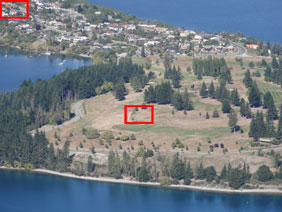 |
To compare real-life performance when zoomed-in, we shot this scene with the Sony Cyber-shot DSC-HX5 in Manual mode at both f-numbers; only two are available at any focal length. As before, the Cyber-shot HX5 was set to its lowest sensitivity and best-quality JPEG settings. The crops below are taken from the areas marked with the red rectangles and presented here at 100%. Note this image was shot on a different day to our first results page. |
The Cyber-shot DSC-HX5 may sport full manual control, but only offers two aperture settings at each focal length. With the lens fully zoomed-in, these aperture values are f5.6 and f13, so below you’ll see crops taken from the corner and centre portions of images shot with each of the two settings. There’s no Aperture Priority option on the HX5, so in both cases we manually adjusted the shutter speed until the camera’s metering system reported 0 EV.
As discussed on the previous page and in the main review, we understand the Sony HX5 actually employs a neutral density filter to simulate its smaller aperture settings, and hence the image quality and characteristics shouldn’t change between f5.6 and f13 here. While this means the camera has no control over depth-of-field, it does have the advantage of avoiding diffraction at smaller apertures – an effect which plagues compacts that use a traditional physical iris to adjust the aperture.
Strangely though on the previous page we saw the HX5 delivering different looking results at its two apertures, implying there’s more than just a neutral density filter at play. On this page though, we have the result we’d expect from an ‘aperture’ system controlled by a neutral density filter: namely identical results at both settings.
What is worth noting here though is the reduction in contrast compared to the previous page. Like other super-zooms, the Cyber-shot HX5 loses contrast as it approaches its maximum focal length – this is one of the prices you pay for having such a long zoom-range, especially in a compact body.
Now it’s time to see how the camera performs throughout its sensitivity range in our Sony Cyber-shot DSC-HX5 High ISO Noise results. Alternatively if you’ve already seen enough, head straight to our Verdict!
Sony Cyber-shot DSC-HX5 Corner sharpness at 250mm equivalent |
Sony Cyber-shot DSC-HX5 Centre sharpness at 250mm equivalent | |
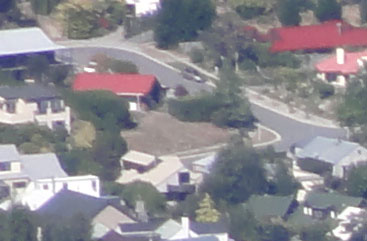 | 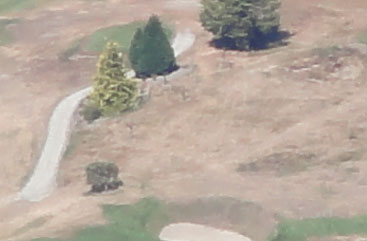 | |
f5.6, 125 ISO |
f5.6, 125 ISO | |
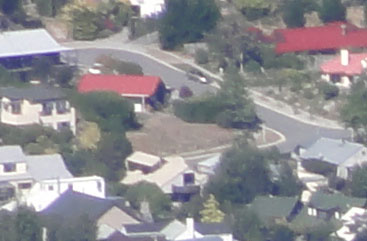 | 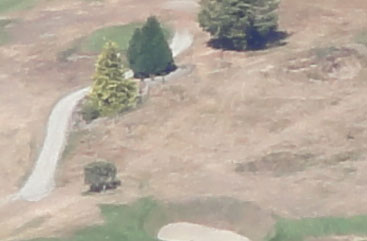 | |
f13, 125 ISO |
f13, 125 ISO |





